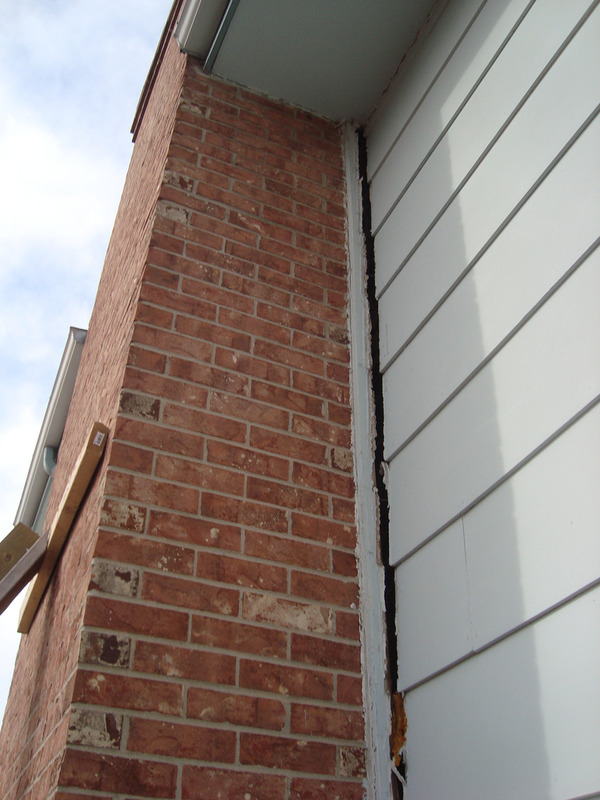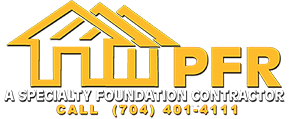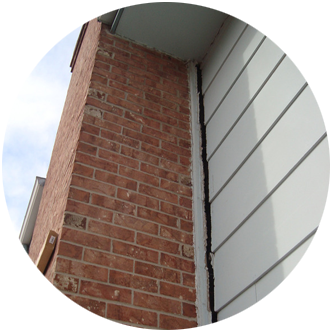Services
Chimney
Our Service
Chimney Leveling
If your chimney is pulling away from your house, it’s a serious issue that needs immediate attention. Here’s some information on the potential causes, whom to contact, and potential remedies:
Why is the chimney pulling away?
Foundation Settlement: If your home’s foundation settles unevenly, it can cause the chimney to pull away from the house. This is particularly common in areas with expansive clay soils that expand and contract based on moisture levels.
Improper Construction: If the chimney was not properly tied into the house during construction or lacked an adequate footing, it might gradually lean or pull away from the house over time.
Root Interference: Trees growing close to the chimney can have roots that push against the chimney foundation, causing movement.
Freeze/Thaw Cycles: In colder climates, water can enter cracks in the masonry, freeze, expand, and then cause the masonry to crack or shift.
Water Damage: Water can seep into the bricks and mortar, weakening them over time. This is especially true if there are cracks in the chimney crown or if the flashing isn’t properly sealed.
Other Factors: Earthquakes, significant wind events, or other factors can lead to structural issues with your chimney.

Who do you call?
Masonry Specialist or Chimney Repair Contractor: Look for contractors who specialize in chimney or masonry repair. They will have the knowledge and equipment to safely assess and repair your chimney.
Structural Engineer: If you’re unsure about the severity of the issue or if you believe it’s related to a larger foundational problem, you might consider hiring a structural engineer to evaluate the situation.
How is it fixable? What techniques?
Chimney Bracing: If the chimney is slightly leaning or unstable, it might be possible to brace it using steel brackets to hold it in place.
Foundation Underpinning: If foundation settlement is the issue, underpinning the chimney can stabilize it. This involves extending the foundation to a more stable layer of soil or bedrock.
Partial or Full Rebuild: In some cases, the best or only option might be to partially or fully rebuild the chimney. This can ensure that it’s properly anchored to the house.
Tuckpointing: This is a process of removing deteriorated mortar from the joints of a brick structure and replacing it with new mortar. This can be essential if water damage or freeze/thaw cycles have eroded the mortar.
Waterproofing: After repairs, consider waterproofing the chimney to prevent water intrusion, which can lead to further damage.
Install Proper Flashing: If the issue is related to poor flashing, get it replaced and properly sealed.
Final Word:
Make sure to get a proper assessment from a professional before deciding on a solution. Depending on the severity, it can be a safety hazard, so don’t delay in addressing the issue. Also, always get multiple opinions and quotes to ensure you’re making the most informed decision.
Let’s Get Started
Ready to speak with an expert?

